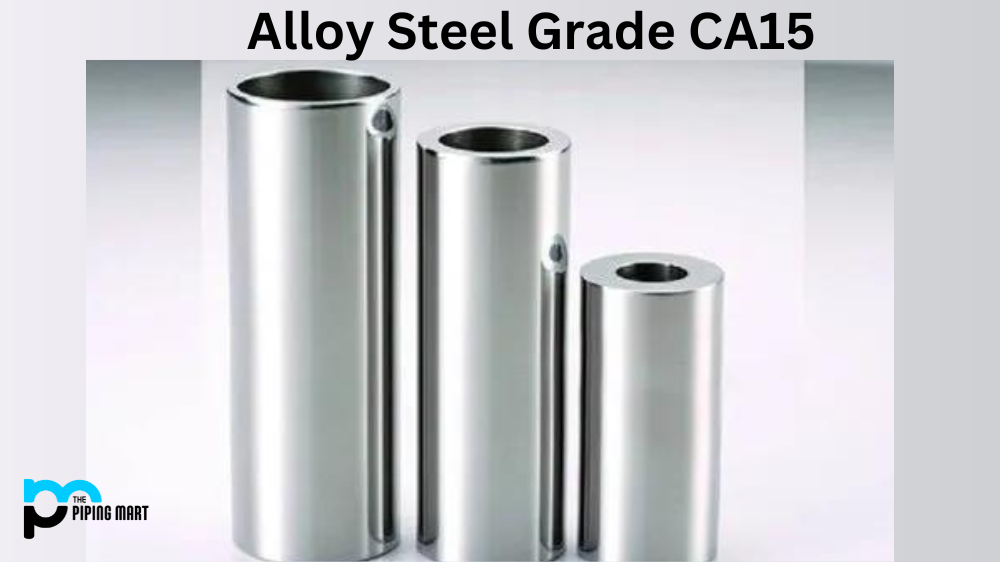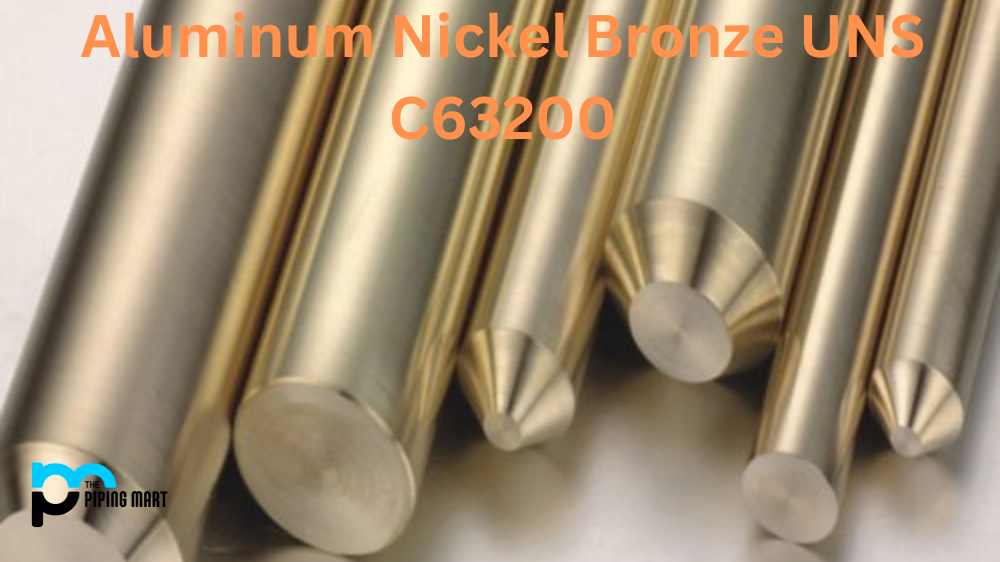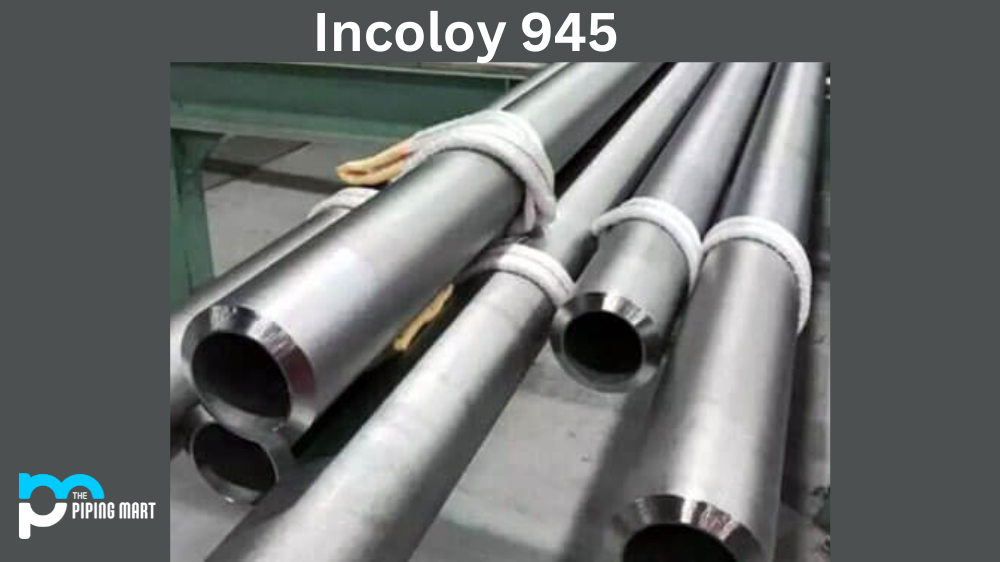If you’re looking for an alloy steel grade for your next project, consider Alloy Steel Grade CA15. This is heat-treated carbon-manganese steel with good resistance to wear and galling. It’s used in high-stress applications and can be found in industries such as oil and gas, petrochemical, power generation, aerospace, and more. Let’s look at the composition, chemical properties, mechanical properties, physical properties, uses, corrosion resistance, heat resistance, heat treatment, and Alloy Steel Grade CA15 machining.
CA15 Composition
The typical chemical composition of Alloy Steel Grade CA15 is 0.30 – 0.50% Carbon (max), 0.60 – 1.00% Manganese (max), 0.035% Phosphorus (max), and 0.040% Sulfur (max).
CA15 Chemical Properties
The chemical properties of this grade are also important when considering its use in various applications. These include excellent machinability due to its low hardness and tensile strength, which is about 20–25% higher than regular cold-worked carbon steels; great weldability; good creep strength; and high ductility at elevated temperatures up to 650°C (1200°F).
CA15 Mechanical Properties
This grade has good fatigue strength under cyclic loading conditions up to 250KSI (1740 MPa) and excellent abrasion resistance due to its high hardness (275HBW). It also has a good yield strength (90KSI / 620MPa) which makes it suitable for many heavy-duty applications such as automotive parts or engineering components that require both toughness and wear resistance like pistons or gears, for example. It exhibits good impact strength at temperatures up to -200°C (-328°F).
CA15 Physical Properties
The physical properties of this material are also beneficial for many applications as it has an excellent combination of low density (7g/cm3) combined with high thermal conductivity (20 W/(m·K)). Its coefficient of thermal expansion is relatively low compared to other steels making it ideal for use in precision machinery where tight tolerances must be maintained over a wide temperature range without warping or distortion occurring due to differences in thermal expansion rates between materials used in the construction of the machine components or assemblies involved.
CA15 Uses
Due to its combination of physical and mechanical properties along with its corrosion resistance capabilities, this grade can be used in many different industries such as oil & gas exploration & production equipment; petrochemical processing plants, power generation equipment; aerospace components including aircraft engines & turbine blades; automotive components like pistons & valves; engineering components such as hydraulic cylinders & bearings; medical implants & surgical instruments; agricultural implements like plough blades & harrows; mining tools like picks & shovels; hand tools like hammers & wrenches etc.
CA15 Corrosion Resistance
This material offers very good corrosion resistance due to its naturally occurring chromium content which helps form an oxide film on the surface when exposed to air or moisture. It acts as a barrier layer protecting the material from further attack from corrosive agents like acids or bases etc.
Heat Resistance
This grade can withstand temperatures up to 650°C (1200°F) before becoming embrittled, so it’s often used in applications with high temperatures, such as turbine blades/vanes or exhaust systems, etc.
Heat Treatment
To achieve optimal performance from this grade, it should be heat treated using either normalizing or annealing processes depending on the desired results required by your application requirements.
Machining
This material is relatively easy to machine compared with other types of steel. However, care should always be taken when working with high-speed cutting tools, particularly if large amounts of material need to be removed quickly, as overheating may occur, leading to premature tool failure or workpiece damage resulting in scrap parts being produced instead of finished goods ready for sale!
Welding
Welding this material requires preheating before welding takes place; otherwise, cracking may occur during cooling afterwards, so always consult your welder beforehand to ensure they know how much preheating they need to do before welding commences!
Conclusion
As you can see, Alloy Steel Grade CA15 has many desirable attributes that make it useful for various projects requiring durability and wear resistance, such as automotive parts or engineering components requiring both toughness and wear resistance, like pistons or gears. It offers excellent machinability due to its low hardness, weldability, great creep strength, and high ductility at elevated temperatures up to 650°C making it suitable for complex shapes while maintaining dimensional accuracy during machining operations! Additionally, it has superior corrosion protection capabilities, meaning less maintenance downtime is required due to rusting components needing to be replaced prematurely, saving time and hassle down the line! All these desirable qualities make Alloy Steel Grade CA15 an ideal choice when selecting a premium quality alloy steel grade for your next project!
Meet Heer, a dynamic and driven writer learning tricks of her trade in the metal industry. With a background in Digital Marketing, Heer brings a unique perspective to her writing, sharing valuable insights. Apart from blogging she like reading and hiking.




